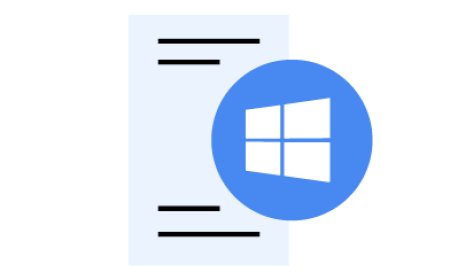Five Hacking Tools You To Know About

In the world of cybersecurity, knowledge and skills are power, and that power comes in the form of tools. Whether you're an ethical hacker, a cybersecurity researcher, a reverse engineer, or just want to learn about the defense of systems. Penetration testing, including network sniffing tools, can be used to expose vulnerabilities and strengthen systems.
These five hacking tools are essential to know about:
1. NMAP (Network Mapper)
Nmap is a versatile and strong tool used for network discovery and security auditing, and it can be used in both Windows OS and also in Linux Distros like Kali, Parrot, and Ubuntu as a command-line network scanning tool.
Nmap uses its NSE ( Nmap Scripting Engine), which is the most powerful feature of Nmap that allows users to write and execute scripts used in automating network tasks. When using nmap, the NSE can be shown as in the image below
Nmap can be used to scan the devices found in the network using its ping suite scan, as shown below.
Also, nmap can be used to scan for OS type, Versions, Ports, and even services the system provides.
The image below shows the scanned ports.
Also, the image below shows the Services and the versions as scanned from the system.
2. HYDRA
Hydra is a command-line, powerful tool used for brute-force attacks on login credentials across various protocols, and is mainly used in Linux distros like Kali and Parrot. Also known as (Brute-Force Login Cracker), its primary purpose is to crack usernames and passwords by trying different combinations from the wordlists. Hydra supports different Protocols such as SSH, FTP, HTTP(S), Telnet, SMB, and RDP.
The first image below shows the help menu for Hydra, and the second image below shows how Hydra can be used to crack passwords.
The image below shows the password cracked using Hydra.
3. WIRESHARK
Wireshark is one of the powerful and widely used network protocol analyzer tools used to capture network packets in real time and display them in detail.
During capturing packets, Wireshark can filter specific interface/network traffic as shown below.
-
Wireshark can be used to analyze network protocols like TCP, UDP, HTTP, DNS, FTP, etc.
The following careers can use Wireshark
-Network engineers for diagnostics and performance tuning.
-Security analysts to detect intrusions or anomalies.
-Developers to debug networked applications.
-Educators and students to learn how protocols work.
After selecting the required interface to start capturing packets, Wireshark opens in a new interface, as shown below, where it shows the time, source of the packet, and the destination of the packet, the protocol, and the details or information about the packet.
4. NESSUS
Nessus is a vulnerability scanning tool developed by Tenable, Inc. Nessus is designed to help organizations and other cybersecurity professionals identify and fix security issues across their networks, systems, and applications.
Nessus can be used to
a. Scan for vulnerabilities in operating systems, applications, and other devices.
b. Detects misconfigurations, missing patches/bugs, and malware.
c. Generates detailed reports concerning the scanned vulnerabilities, which help to remediate the risks
The image below also shows the network scan as performed by the Nessus tool; one of the advantages of the Nessus tool is that it gives a detailed report of the scan, showing how critical the vulnerability is.
The image below shows the report of the scan.
5. BURPSUITE
Burp Suite is a powerful toolkit for web application security testing used by Cybersecurity researchers, Pentesters, ethical hackers, and other Cybersecurity professionals to identify vulnerabilities in web applications. Portswigger develops Burp Suite.
Burpsuite is made up of different key features with different purposes, as explained below
- Burp Proxy: Intercepts and modifies HTTP/S traffic between your browser and the target application.
-Burp Scanner: It scans for common web vulnerabilities (available in the Professional edition).
-Burp Intruder: Performs automated, customized attacks to test for vulnerabilities like SQL injection or XSS.
-Burp Repeater: Allows manual tweaking by modifying the requests and resending them.
-Burp Collaborator: Detects out-of-band vulnerabilities using external interactions.
The images below show how Burp Suite works by testing for the Path/Directory Traversal vulnerabilities.
The images above show the request modified by the repeater and then sent again, and it retrieved the data from the /etc/passwd file, thus showing path traversal.
Burpsuite can be used in:
- Manual and automated pentesting
- Vulnerability assessment
- Web apps security auditing
- Learning and training in web security
What's Your Reaction?
 Like
3
Like
3
 Dislike
0
Dislike
0
 Love
0
Love
0
 Funny
1
Funny
1
 Angry
0
Angry
0
 Sad
0
Sad
0
 Wow
2
Wow
2










